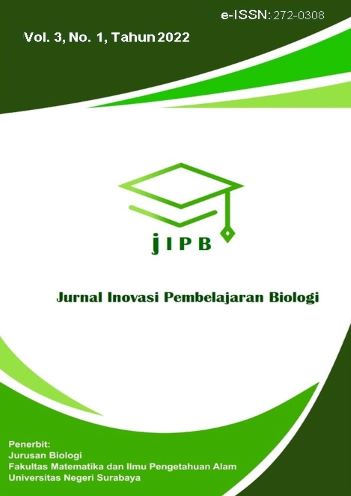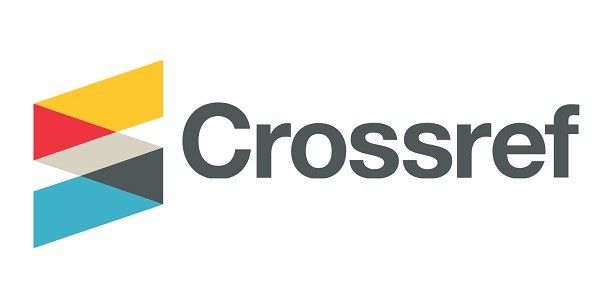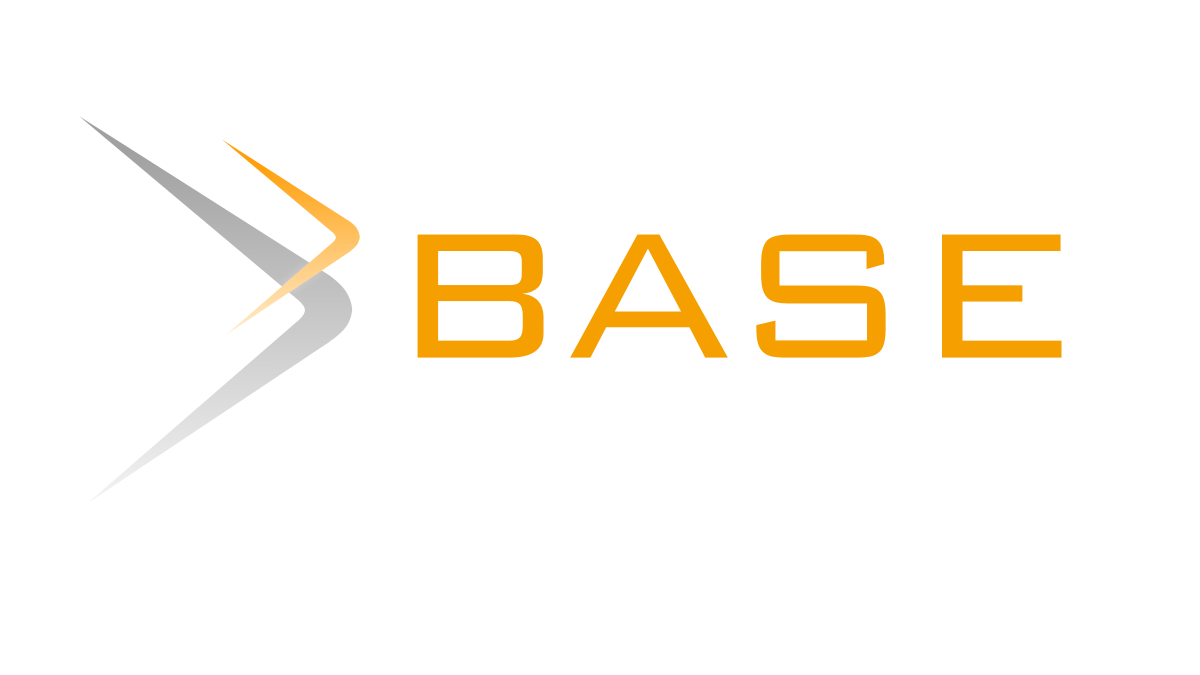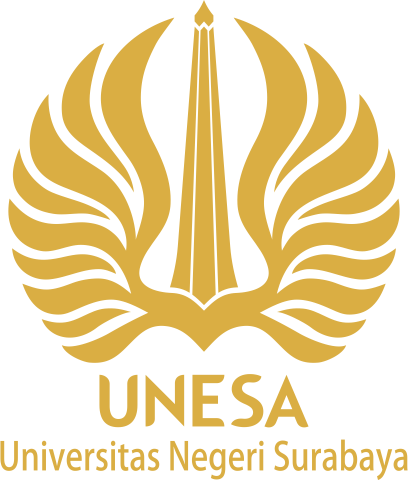PENGEMBANGAN MEDIA PEMBELAJARAN E-MODUL UNTUK KONSERVASI GAJAH SUMATRA (Elephas maximus sumatranus)
DOI:
https://doi.org/10.26740/jipb.v3n1.p1-11Keywords:
Conservation; E-Module; Learning Innovation; Sumatran ElephantAbstract
Konservasi merupakan bagian dari konsep ekologi mengenai bagaimana melindungi dan menjaga sumber daya alam. Konservasi memberikan pengetahuan serta keterampilan serta mengubah pola pikir dan sikap individu terhadap lingkungan. Pembelajaran berbasis konservasi merupakan hal yang penting untuk dilakukan, mengingat peserta didik dapat berpartisipasi dalam kelestarian lingkungan. Tujuan dari penelitian untuk mengembangkan serta menghasilkan perangkat media pembelajaran digital mengenai konservasi Gajah Sumatra (Elephas maximus sumatranus) dalam bentuk elektronik modul. Penelitian ini dilaksanakan pada bulan Maret hingga Juli 2020 di Taman Nasional Tesso Nilo dan Program Studi Pendidikan Biologi Fakultas Keguruan dan Ilmu Pendidikan, Universitas Islam Riau. Metode yang digunakan adalah observasi langsung, FGD (Focus Group Discussion), wawancara, dan angket. Sedangkan pengembangan media pembelajaran e-modul dibuat dengan mengikuti model ADDIE. Subjek penelitian terdiri dari 3 validator (1 ahli media, 2 ahli materi, 1 dosen pengampu) dan 35 mahasiswa. Hasil dari validasi dalam pengembangan elektronik modul ini mendapat skor di atas rata-rata dengan kategori sangat valid ditinjau dari aspek desain media, program dan kualitas isi. Berdasarkan hasil validasi tersebut pengembangan media pembelajaran e-modul konservasi gajah sumatra (Elephas maximus sumatranus) mendapat respon yang sangat baik, efektif, dan layak digunakan sebagai media pembelajaran.
References
Ardoin, N. M, Bowers, A., Gaillard, E. (2020). Environmental education outcomes for conservation: A systematic review. Biological Conservation 241: 2-13.
Arsal, M., Danial, M., Hala, Y. (2019). Pengembangan Media Pembelajaran E-Modul Materi Sistem Peredaran Darah Pada Kelas XI MIPA 6 Barru. In Prosiding Seminar Nasional Biologi VI. 434-442.
Arthur, R., Dwi, R. N., Lenggogeni, L. (2019). E-Modul of Cost Estimating Course in Building Construction Vocational Undergraduate Program Faculty of Engineering Universitas Negeri Jakarta. Jurnal Ilmu Pendidikan 25(2): 88-96.
Astuti, I. A. D., Nurullaeli., Nugraha, A. M. (2018). Pengembangan Pembelajaran E-Learning dengan Web Log Sebagai Alternatif Bahan Ajar Guru. Jurnal Terapan Abdimas 2(3): 165-169.
Chong, J. L. S., Yunos, J. M., Spahat, G. (2005). The Development and Evaluation of an E-Modul for Pneumatics Technology. Malaysian Online Journal of Instructional Technology 2(3): 25-33.
Clement, S. G. (2017). Digital Learning Education and Skills in the Digital Age. United Kingdom: RAND Corporation.
Dankbaar, M. E. W., Kalkman, O. R. C. J., Prins, G., Cate, O. T. J., Marrienboer, J. J. G., Schuit, S. C. E. (2017). Comparative effectiveness of a serious game and an e-modul to support patient safety knowledge and awareness. BMC Medical Education 17(30): 2-10.
Delgaty, L. (2012). A critical examination of the time and workload involved in the design and delivery of an e-modul in postgraduate clinical education. Medical teacher 35(5): 1173-1180.
Erinawati, B. (2016). Pengembangan E-Modul Penggabungan Dan Pemberian Efek Citra Bitmap Kelas XI Multimedia SMK Negeri 1 Klaten. Skripsi Progaram Studi
Teknik Informatika. Fakultas Teknik. Universitas Negeri Yogyakarta.Yogyakarta.
Fien, J., Scott, W., Tilbury, D. (2010). Environmental Education Research. Environmental education Research 10(4): 379-395.
Fonda, A., Sumargiyani, S. (2018). The Developing Math Electronic Modul with Scientific Approach Using Kvisoft Flipbook Maker Pro for Xi Grade of Senior High School Students. Infinity Journal 7(2): 109-122.
Fortney, L., Kowalwska, J., Kolheffer, K., Elzie, C., Wellman, L. (2020). The Development of an Educational e?Modul to Teach the Pathogenesis of Cancer Utilizing an Anatomical Donor Case Study. FASEB Journal.
Gutti, B., Aji, M. M. Magaji, G. (2012). Environmental Impact of Natural Resources Exploitation in Nigeria and the way Forward. Journal of Applied Technology in Environmental Sanitation 2 (2): 95-102.
Hamzah, I., Mentari, S. (2017). Development of Accounting E-Modul to Support the Scientific Approach of Students Grade X Vocational High School. Journal of Accounting and Business Education 2(1), 78-88.
Handani, S.W., Suyanto, M., Sofyan, A. F. (2016). Penerapan Konsep Gamifikasi pada E-Learning Untuk Pembelajaran Animasi 3 Dimensi. Jurnal Telematika 9(1): 2442-4528.
Haryadi., Musfiroh, T., Endaswara, S. (2015). Pengembangan Media Pembelajaran Bahasa Berbasis Lingkungan dan Teknologi. Diksi 23(1): 22-31.
Imansari, M., Sunaryatiningsih, I. (2017). Pengaruh Penggunaan E-Modul Interaktif Terhadap Hasil Belajar Mahasiswa pada Materi Kesehatan dan Keselamatan Kerja. Jurnal Pendidikan Teknik Elektro 2(1): 11-16
Istiawati, N. F. (2016). Pendidikan Karakter Berbasis Nilai-Nilai Kearifan Lokal Adat Ammatoa Dalam Menumbuhkan Karakter Konservasi. CENDEKIA 10(1): 1-18.
John, P. D., Wheeler, S. (2008). The Digital Classroom Harnessing technology for the future of learning and teaching. New York: Routledge.
Kapur, R. (2016). Natural Resources and Environmental Issues. Journal of Ecosystem & Ecography 6(2): 1-14.
Komikesari, K., Mutoharoh, M., Dewi, P. S., Utami, G. N, Anggraini, W., Himmah, E. F. (2020). Development of e-modul using flip pdf professional on temperature and heat material. Journal of Physics: Conference Series 1-10.
Lo, A. Y., Chow, A. T., Cheung, S. M. (2012). Significance of Perceived Social Expectation and Implications to Conservation Education: Turtle Conservation as a Case Study. Environt Manage 50(5): 900-913.
Mbugua, P. (2012). Wildlife Conservation Education. The George Wright Forum. 29(1):59-66.
Meadows, A. (2011). Wildlife Conservation Education and International Programmes. The Journal of Animal and Plant Sciences 21(2): 305-316.
Negev, M., Garb, Y., Biller, R., Sagy, G., Tal, A. (2010). Environmental Problem, Causes, and Solutions: An Open Question. The Journal of Environmental Education 4(2): 101-115.
Patrick, P. G., Matthews, C. E., Ayers, D. F., Tunnicliffe, S. D. (2014). Conservation and Education: Prominent Themes in Zoo Mission Statements. The Journal of Environmental Education 38(3): 53-60.
Perdana, F. A., Surwanto., Sukarmin., Sujadi, I. (2017). Development of E-Modul Combining Science Process Skills and Dynamic Motion Mateial to Increasing Critical Thingking Skills and Improve Student Learning Motivation Senior High School. International Journal of Science and Applied Science l 1(1): 45-54.
Prastyaningrum, I., Handhika, J. (2017). Penggunaan Media e-Modul untuk Meningkatkan Kemampuan Analisis Hubungan Kuat Medan Magnetik dengan Trainer Motor Listrik. Jurnal Pendidikan Teknik Elektro 2(2): 29-32.
Purnamasari, N. L. (2019). Metode Addie Pada Pengembangan Media Interaktif Adobe Flash Pada Mata Pelajaran TIK. Jurnal Pendidikan dan Pembelajaran Anak Sekolah Dasar 5(1):1-31.
Rapika, I., Titisari P. W. (2019). Pengembangan Media Pembelajaran Interaktif Menggunakan Adobe Flash Berbasisis Pendekatan SETS (Science, Environment, Technology, Society). Seminar Nasional Biologi 4: 926-927.
Rahmachandra, T. V. (2008). Environment Education for Ecosystem Conservation. Syahyardi: Western Ghats Biodiversity Information System 22: 2-14.
Ramadoss, A., Poyyamoli, G. (2011). Biodiversity Conservation through Environmental Education for Sustainable Development - A Case Study from Puducherry, India. International Electronic Journal of Environmental Education 1(2): 1-15.
Sari, I. S., Lestari, S. R., Sari, M. S. (2020). Development of a Guided Inquiry-Based E-Modul on Respiratory System Content Based on Research Results of The Potential Single Garlic Extract (Alliumsativum) To Improve Student Creative Thinking Skills And Cognitive Learning Outcome. Jurnal Pendidikan Sains Indonesia 8(2): 228-240.
Sholeha, J., Copriady, J., Rasmiwetti. (2018). The Development of E-Modul Based on Problem Based Learning for The Main Topic of Electrolyte and Non-Electrolyte Solvent. The 3rd International Conference on Science and Technology 2(2): 49-52.
Soenarno, S. M. (2016). Pembelajaran Konservasi Alam Dalam Menunjang Pembangunan Berkelanjutan. Proceeding Seminar Nasional II Tahun 2016, Kerjasama Prodi Pendidikan Biologi FKIP dengan Pusat Studi Lingkungan dan Kependudukan (PSLK) Universitas Muhammadiyah Malang. 294-301
Sugihartini, N., Jayanta, N. L. (2017). Pengembangan E-Modul Mata Kuliah Strategi Pembelajaran. Jurna Pendidikan Teknologi dan Kejuruan 14(2): 221-230.
Susilo, H., Prasetyo, A. P. B., Ngabekti, S. (2016). Pengembangan Desain Pembelajaran IPA Bervisi Konservasi Untuk Membentuk Sikap Peduli Lingkungan.
Unnes Science Education Journal 5(1): 1065-1069.
Surya, B., Syafri, S., Sahban, H., Sakti, H. H. (2020). Natural Resource Conservation Based on Community Economic Empowerment: Perspectives on Watershed Management and Slum Settlements in Makassar City, South Sulawesi, Indonesia. Land 9(104): 1-31.
Tan, C. K. W., Lee, J. W., Hii, A., Loo, Y. Y, Arceiz, A. C., Macdonald, D. W. (2018). The effect of using games in teaching conservation. PeerJ. 1-28.
Wahidah, N. I., Ibrahim, N., Muslim S. (2019). E-Modul: Design A Learning Material with Rowntree and Hannafin Model for Higher Education. International Journal of Scientific & Technology Research 8(12): 3373-3376.
Winatha, KR., Suharsono, N., Agustini, K. (2018). Pengembangan E-Modul Interaktif Berbasis Proyek pada Mata Pelajaran Simulasi Digital Kelas X di SMK TI Bali Global Singaraja. Jurnal Teknologi Pembelajaran Indonesia ,8(1): 13-25.
Zeppel, H. (2008). Education and Conservation Benefits of Marine Wildlife Tours: Developing Free-Choice Learning Experiences. The Journal of Environmental Education, 39(3): 3-18.
Zulfahrin, L. M., Haryono., Wardani, S. (2019). The Development of Chemical E-Modul Based on Problem of Learning to Improve the Concept of Student Understanding. Innovative Journal of Curriculum and Educational Technology,8(2): 59-66.
Downloads
Published
Issue
Section
 Abstract views: 990
,
Abstract views: 990
, PDF Downloads: 1005
PDF Downloads: 1005








